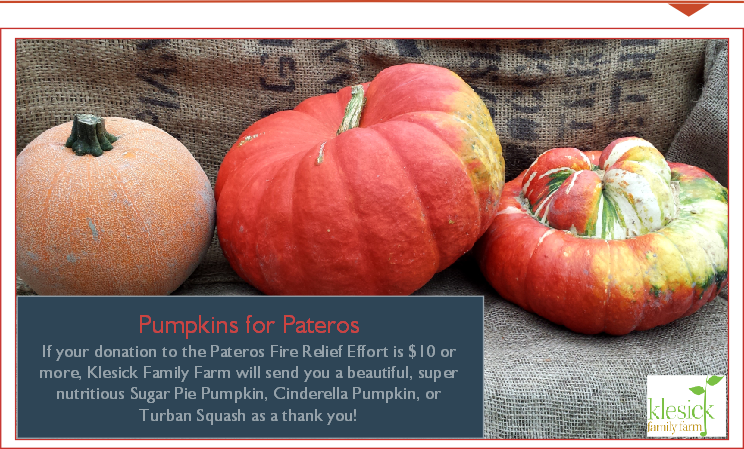Change is afoot here at the Klesick Family Farm. The first change happened last weekend. I was blessed to walk our oldest daughter, Emily, down the aisle! Making that walk is an incredibly emotional moment in a father’s life. In the last two summers, Micah got married, Aaron got married, and now Emily is married. It is a little different, giving away a daughter than it is receiving a new daughter into our family. After all, this is my little girl, who I’d always known would find the love of her life and decide to get married, but it happened way faster than I ever imagined! Joelle and I are very excited for Keiran to join our family and to hand over to him one of our greatest treasures, so that they can begin their journey together.
For those of us who are parents, our children are our most precious crop. We pour our lives into them, teaching them, giving to them, and believing in them. A wedding is a culmination of all of these AND you get a new family member. Emily’s wedding was pretty special.
Another much smaller change that we have made at the Klesick family house and on the farm is to cut out plastic wrap. It has taken a little adjusting, but we are making it work. It is just so easy and efficient to use plastic wrap. But here we are, three weeks into the New Year, and voila, the trash is less full and we have discovered there is life after plastic wrap. Who would’ve have known!
We have located all of our bowls that “had” lids and purchased a set of silicone lids and a few sets of the clear plastic bowl covers. We have mostly used the clear plastic bowl covers because most of the larger main meals like soup or roasts already have lids for the pans we cook in. The silicone lids are excellent for covering salad type bowls. One thing I have noticed is that we rarely cover anything on a plate anymore, whereas before we would routinely use plastic wrap for covering a plate of leftovers.
We are also switching to a re-useable pallet wrap for our business. This move alone will save one garbage can of plastic going to the landfill a week. Another environmentally friendly move we are considering is switching to emailed invoices.
Let us know how your family or business re-uses every day items to benefit the environment. You can email us or share your ideas on FB, twitter or Instagram!
Thanks for supporting our good food network!
![]()

